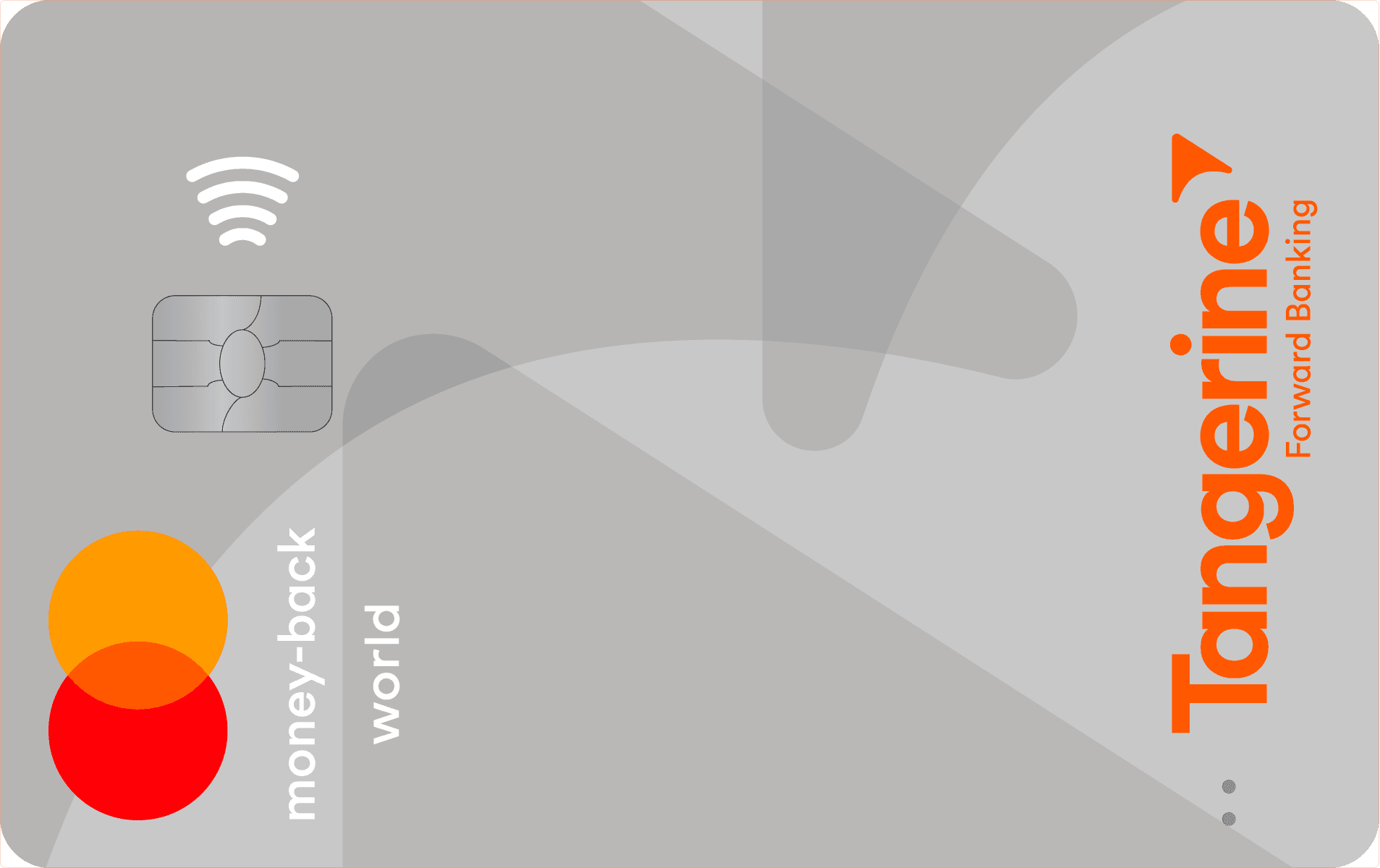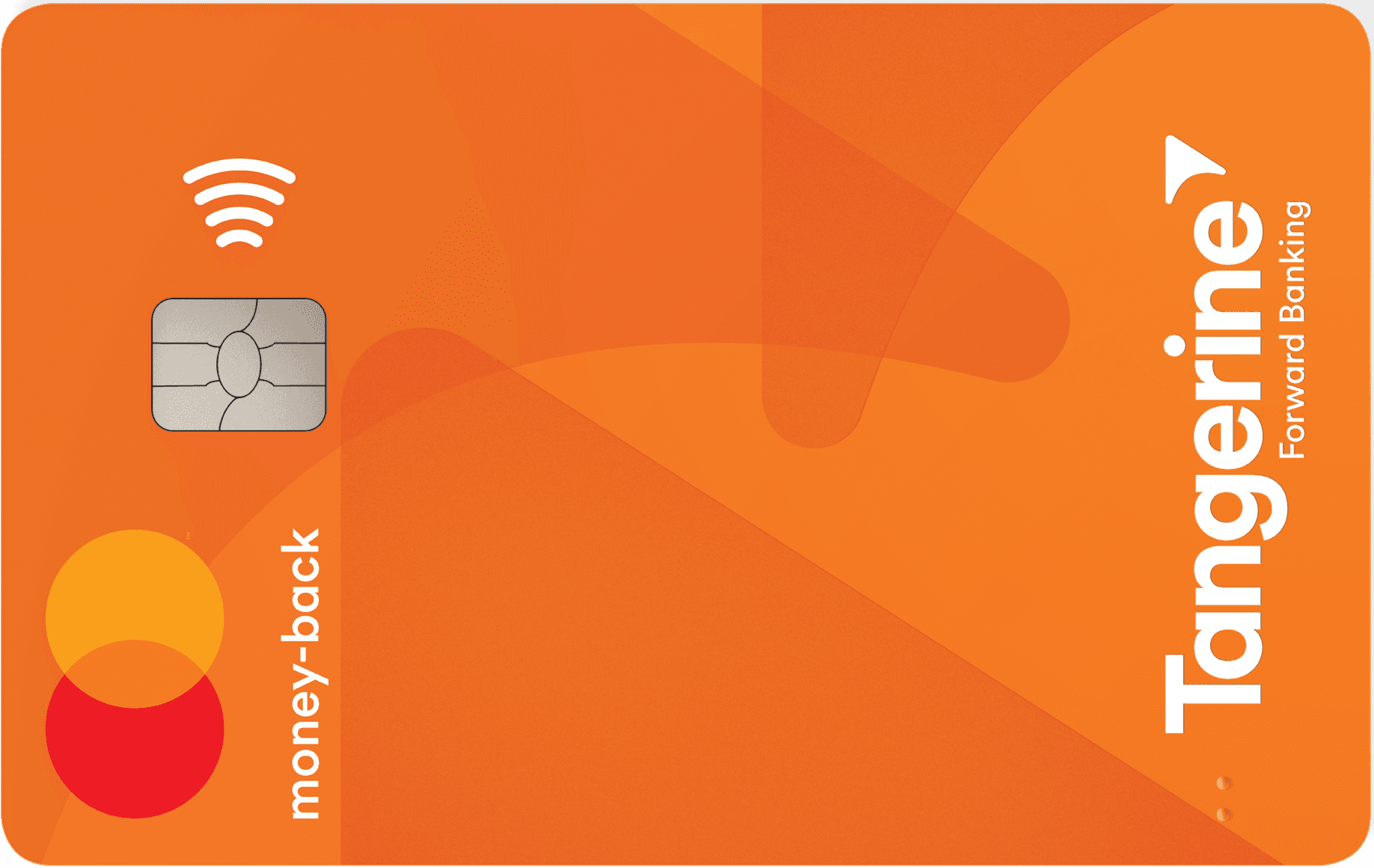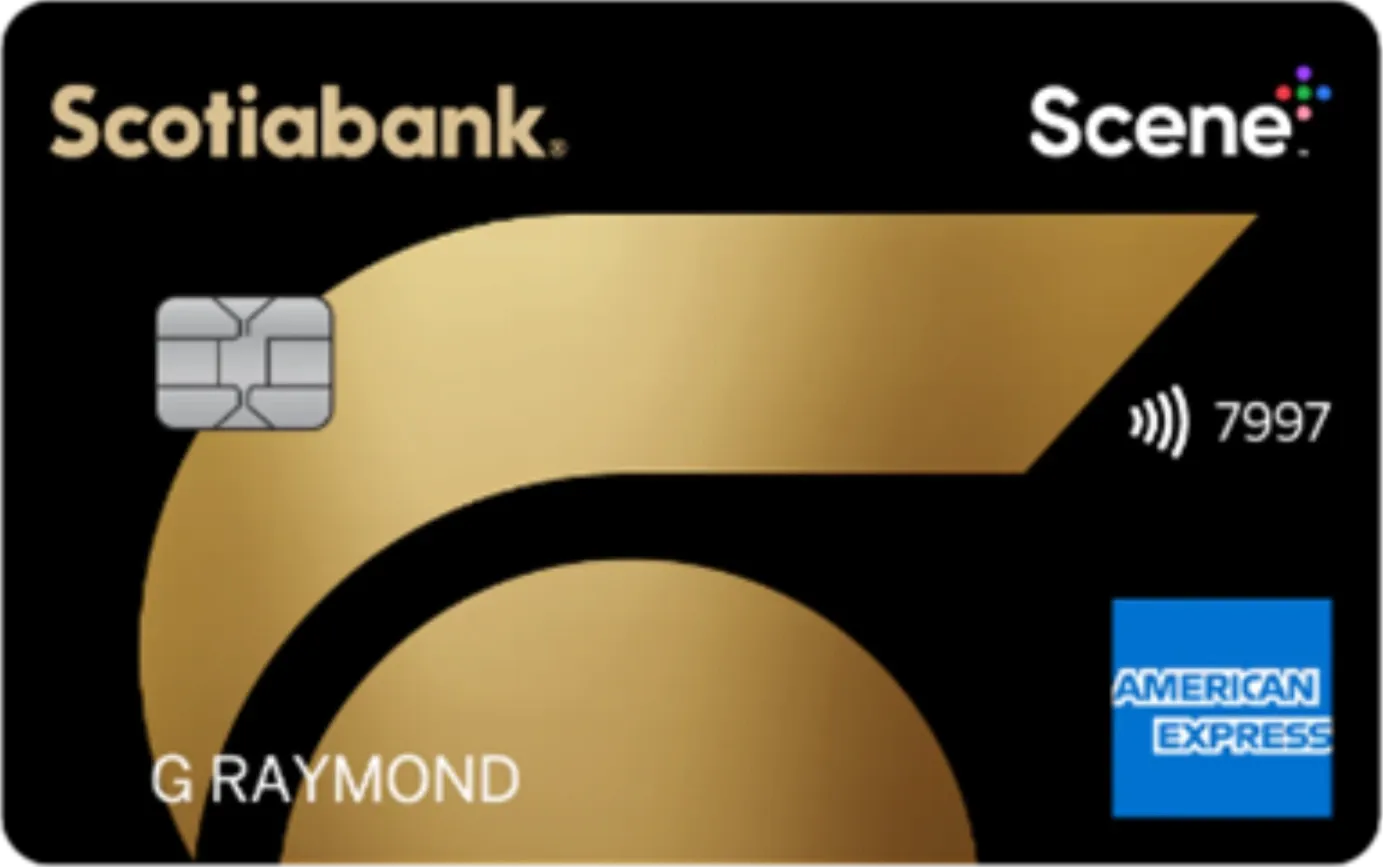Working hard in the background...
Direct Deposits: The Ultimate Guide for Canadians
Published Nov 22, 2025 3:35 PM • 4 min read
In today’s digital age, it is quite common for Canadians to get their paycheque through direct deposit. It’s simple, efficient and secure. But do you understand how it actually works?
There are many benefits to understanding how direct deposit works. It helps you streamline your finances, get paid without interruptions and be confident about when your payment will arrive.
What Is Direct Deposit?
A direct deposit is an electronic transfer of money sent straight to your bank account. It essentially replaces the paper cheque you would receive from your employer, the government or another payer.
You probably already use direct deposit even if you don’t realize it. It’s how most Canadians receive their paycheques, tax refunds, and benefit payments. The Canada Revenue Agency (CRA), for example, uses direct deposit for GST/HST credits, the Canada Child Benefit (CCB), and income tax refunds. Retirees may also receive their Canada Pension Plan (CPP) payments this way.
So, what’s the difference between direct deposit and paper cheques? Ultimately, speed, accuracy and security. Just imagine: no cheques lost in the mail, no lineups at the bank, no delays. The best part? Nearly all major banks, credit unions and online banks in Canada support direct deposit.
How Direct Deposit Works in Canada
When you receive money in your account through direct deposit, it might feel like magic. But, in reality, it isn’t. Behind the scenes, many transfers move through a national payment network called the Automated Clearing Settlement System (ACSS), which is operated by Payments Canada. This system connects financial institutions across the country.
Here’s how it works, step-by-step:
- Payer collects your banking details: This includes your transit number, institution number and account number. You can find this information through your online banking or from a void cheque.
- Payment instructions get sent electronically: The payer (your employer or the government, for example) sends the payment request through the ACSS. It provides your bank with instructions for how much to credit your account and when.
- Automatic funds deposit: Upon processing, the money appears in your account. This often takes one business day. While ACSS handles the clearing process, the actual deposit time depends on the bank’s internal processing schedule.
Whether you’re employed, self-employed or receiving government benefits, the process is the same. It’s quick, automated, and designed to keep your money safe.
Benefits of Direct Deposit
Direct deposit is the standard for a reason. It comes with many benefits, including:
- Faster access to your money. No lineups at the bank and, even more importantly, no cheque holds. Most deposits appear in your bank account within one business day, though it could be longer depending on your bank’s processing schedule or situations when the payday takes place on a holiday or weekend.
- Improved security. Paper cheques can get lost or stolen, but direct deposit eliminates this risk by transferring money using secure encryption protocols. Each transaction is traceable and must be in compliance with federal banking regulations, adding additional layers of protection.
- Reliable timing. Payments are set up to arrive automatically and on time. This means no delays when you aren’t able to take your cheque to the bank. Similarly, you’ll avoid delays if there is a Canada Post mail strike and your cheque doesn’t get delivered. This reliability is ideal for anyone receiving their salary, pension payments or any other form of recurring income. It also allows you to plan ahead when you pay bills or start to save through an investing platform in Canada.
- Budgeting convenience. Your funds will go directly into your account so you can plan your payments and savings confidently. For example, many Canadians choose to set up automatic savings transfers as soon as their pay is deposited. Essentially, Canadians can set up automatic payments, knowing their account will have funds from the deposit.
The benefits of electronic deposits are the reason why Payments Canada found 88% of employees in Canada receive their pay through direct deposit.
How to Set Up Direct Deposit in Canada
Setting up direct deposit is easy, but it’s essential to get the details right. One input error and your payment can get delayed.
For Employment Income
Most employers request you to fill out a direct deposit form during the onboarding process. You’ll likely need to provide the following information when they do:
- A void cheque or direct deposit form from your online banking portal
- Your banking information, including institution number, transit number and account number
For Tax Refunds and Government Benefits
If you receive payments from the Canada Revenue Agency (CRA), you can sign up for direct deposit through the CRA My Account portal. From there, you can select “Sign Up for Direct Deposit” and add your banking details.
Tip: Be sure to update your direct deposit information if you switch banks or open a new account.
Common Issues with Direct Deposit and How to Fix Them
Direct deposit may be reliable, but mistakes can still happen. Often, the issue comes down to your banking information. Is it incorrect? Outdated? If so, you might have a problem. Fortunately these issues are easy to fix and even easier to prevent.
First of all, check your account details and make sure they match your direct deposit information. If you accidentally enter the wrong transit number, for example, your payment will bounce back to the sender. To prevent this, take a minute to double-check your banking details before submitting the form. If you already sent in the wrong information, you can contact your employer or the CRA to correct it.
If you open a new bank account, be sure to update your direct deposit details immediately. To avoid an additional headache, wait to close your old account until you confirm your next deposit is in the right account.
Another common error involves joint accounts, where there is more than one account holder. If you have a joint account then make sure both account holders are on your direct deposit form. Some systems flag deposits when the name doesn’t match exactly.
One final tip is to verify deposit amounts before you spend the money. If you accidentally receive too much, your financial institution could reverse the payment. This can put you in a tough spot if you’ve already spent those funds. It’s better to be one step ahead and avoid spending money you don’t officially have.
Bottom Line
Direct deposit is faster, safer, and far more reliable than old-school paper cheques. It might take a bit of work to set up, but once you do, your next paycheque or benefit payment will arrive automatically. You won’t even need to lift a finger.
Frequently Asked Questions
It typically takes one business day for a deposit to show up in your account, though some banks show “pending” deposits earlier. It’s important to note that, ultimately, processing times may differ depending on the bank and situations like whether the payday falls on a holiday or weekend.
Yes. Payments made by direct deposit are encrypted and processed through regulated Canadian banking networks.
It is possible to use direct deposit if your clients or the platforms you use, like Upwork or Fiverr, offer bank transfer options.
If you switch banks, you will need to update your direct deposit information immediately. This means you should reach out to both your employer to ensure you get your paycheque and the CRA to prevent missed payments. Be sure to contact anyone who has your direct deposit information.
You can. Digital banks like Tangerine, EQ Bank, and Simplii Financial support direct deposit.
Trending Offers

MBNA Rewards World Elite® Mastercard®

Tangerine® Money-Back World Mastercard®*

Tangerine Money-Back Mastercard

Scotiabank Gold American Express® Card
About the author

Lauren Brown
Editor
Lauren is a freelance copywriter with over a decade of experience in wealth management and financial planning. She has a Bachelor of Business Administration degree in finance and is a CFA charterholde...
SEE FULL BIOAbout the editor

Sara Skodak
Lead Writer
Since graduating from the University of Western Ontario, Sara has built a diverse writing portfolio, covering topics in the travel, business, and wellness sectors. As a self-started freelance content ...
SEE FULL BIO